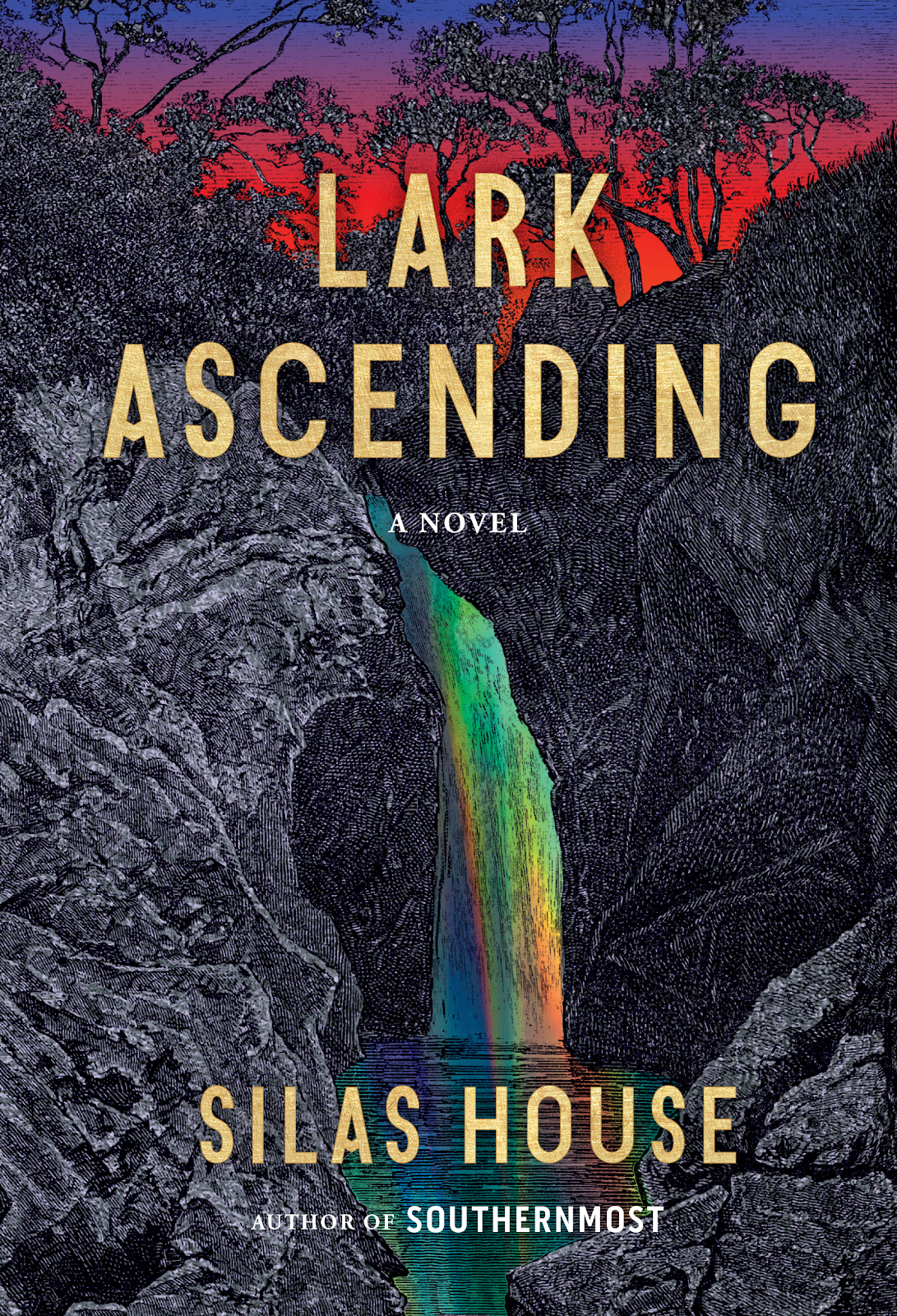Author Silas
House steps outside of his beloved Appalachian Mountains of Kentucky and into a
dark, new world order in the dystopian novel, Lark Ascending, coming out
at the end of September. Yet, he brings his storytelling style and his brightly
colored images to this cautionary tale about a ruined America taken over by fundamentalist
Christians called Fundies, forcing survivors to seek asylum somewhere else.
The story is
told by an elderly man named Lark, who as a 20-year-old joined his parents
along with other survivors of a ruined America to journey by ship to Ireland, the only place
still open to refugees of some unnamed disaster. The voyage was miserable as it
was overcrowded and understaffed, seasickness prevailed, and one misfortune
after another befell the passengers.
After
surviving the voyage from Nova Scotia to Ireland, the evacuees are attacked by
soldiers with guns and bombs, the message being no more room for refugees. From
this point, a dispirited Lark, the only survivor of the sinking ship, must get
to shore and walk to a special place called Glendalough as he promised his
mother he would do.
Constantly
looking over his shoulder and hiding wherever he could along the way, Lark
comes across a dog, an anomaly in a world where pets have been outlawed because
famine is everywhere as fires have destroyed crops, and there is not even
enough food for people. A few chapters focus on the point of view of the
beagle, Seamus, where readers learn his late owner had taught him not to bark,
not to make a sound, so they could safely hide from the Nays who have taken
over the green isle.
On their
journey, Lark and Seamus come across a woman named Helen, who after some
consideration, decides the three of them will journey to Glendalough together,
Lark seeking a safe haven and Helen searching for someone important to her. Their
odyssey is troubled with an encounter with the Banished, traitors of the Irish
people, and with Lark’s desire to rescue a child he sees from afar in a
prisoner’s camp, thinking she was on the ship with him.
In this
dark, depressing world of gray and black, the author offsets it with glimpses
of color that hint at hope for a better future, from anemone blue skies to blue
headed and yellow chested birds, and always the glowing green of Ireland. House
may have left Appalachia but the strengths readers experience in his
Appalachian Literature are still evidenced in this apocalyptic story,
especially his ability to describe place.
Silas House
writes novels, short stories, nonfiction, plays, and essays. His work has found
a home in many publications including the New York Times, the Atlantic, Time,
and Garden & Gun. Honored by many awards for his work, his Appalachian
trilogy – A Parchment of Leaves, the Coal Tattoo, and Clay’s Quilt – has been
drawn from not only his experiences in Appalachia but also from the experiences
of his family. His novel Southernmost is currently in development as a motion
picture. A resident
of Lexington, Kentucky, House is a full professor at Berea College.





















